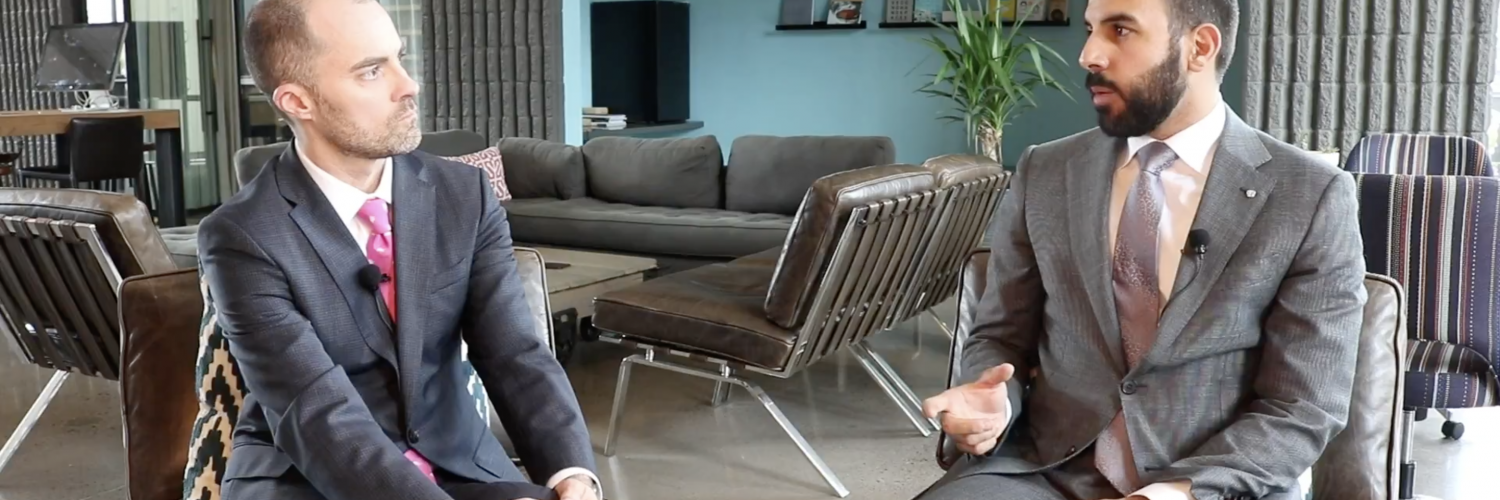As the Primary Election nears, analysts and politicos across the state are closely monitoring early ballot returns to gauge what to expect on election night, August 28th. Early ballots have begun to trickle in across the state as deadline to submit early ballots approaches on August 22nd.
Within Arizona, there are currently 1.26 million registered Republicans, 1.09 million Democrats, and 1.22 million unaffiliated voters. With such close margins, tracking returns is a key strategy for campaigns.
George Khalaf, President of Data Orbital, has been monitoring the returns daily and has noticed some interesting trends that differ from the 2016 and 2014 election cycles.
According to Khalaf, the 2018 returns are currently lagging compared with 2016 (but are quickly catching up) and are outpacing 2014 by a healthy margin. “Right now turnout is about equal by party to where we were in 2016 with the slight exception that Republicans are actually about a percent down, so from 20.3% to 19.4% when we compare apples to apples today versus today in 2016.”
The trend that is catching most attention is the shift in ballot preference by voters who have not designated a party, also known as Independents. These voters are able to participate in the primary election by requesting a partisan ballot. Arizona’s independent voters have an impact on election outcomes, but this year independents are requesting democrat ballots at a higher rate.
“That’s one of the more interesting points that we’ve seen so far this cycle that there are actually slightly more independents voting comparative to same day in previous years and they are more likely to choose to vote in democratic primaries,” Khalaf noted.
According to Khalaf, the margin between Independents who requested a Republican versus Democrat ballot in 2014 was 27 percent and in 2016 was 21 percent. But this year it has dropped to 6 percent. “So [it is] a massive disparity. Only about 53 percent of independents are choosing to vote in the GOP primary vs. 47 percent that are choosing to vote in the democratic primary.”

One legislative district Khalaf said has particularly caught his eye is Legislative District 18, which includes parts of Tempe, Chandler, Mesa and southern Phoenix. The district ranks sixth in the state in total population and fifth in population density. For the first time, the district has a 450 voter democratic advantage, a drastic shift from the GOP’s 1,500 voter advantage just two years ago. “For the first time comparative to the last 2 election cycles we’re actually seeing more folks partake in the democratic primary than we’re seeing them partake in the GOP primary,” Khalaf said.
Although primary election results will inform the general election ballot, Khalaf cautions using those results as a predictor for November noting that this year’s election cycle has just begun.
“Everything we’re seeing so far, I don’t think is able to be correlated to the general [election] because we’re still talking peanut differences when it comes to the election as a whole.”
Khalaf believes that pollsters will get a clearer picture of what to expect for Arizona’s general election as more ballots arrive in the next week, “That’s going to be critical to see how we end up comparative to the two previous years.”
For more information about early ballot returns, visit: https://www.dataorbital.com/az-early-voting-tracker
















Add comment